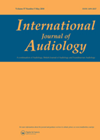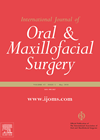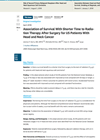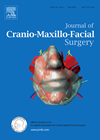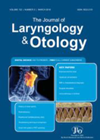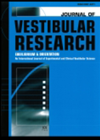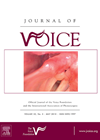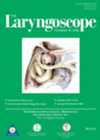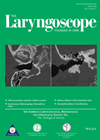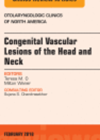
Journal Reviews archive for September 2018
CBT for tinnitus and hyperacusis
Finding an efficient treatment for tinnitus attracts the interest of researchers worldwide. Cognitive behavioural therapy (CBT) is one of the widely researched methods used in tinnitus management. The aim of this study was to investigate what proportion of patients complete...
Tranexamic acid and blood loss in bimaxillary surgery
This is a randomised double-blind placebo-controlled trial from Thailand to clarify the most effective dose of Tranexamic acid in reducing blood loss during a bimaxillary osteotomy. They confirmed that the dose of 10mg per kg is the most efficacious and...
Importance of the time interval between surgery and postoperative radiation therapy in head and neck cancer
The ideal time to start postoperative radiation therapy (PORT) in head and neck cancer patients has been an issue of debate. In the USA, the National Comprehensive Cancer Network (NCCN) recommends initiating radiotherapy within six weeks from surgery. The six-week...
Total lower lip reconstruction: a review
Total or near total defects of the lower lip may result from trauma, cancer ablation or congenital causes. Defects usually involve the full thickness and include skin, muscle and mucosa. There are a number of techniques for the one stage...
Multisystem pathology in refractory otitis media with effusion
Recurrent middle ear effusion is a common problem and so is rhinosinusitis with polyposis. It is not often thought that the problem could be linked to multisystem pathology, such as eosinophilic granulomatous with polyposis. Therefore, repeated grommet insertions and surgical...
BPPV and bone mineral density
Over the years, attempts have been made to identify modifiable risk factors for BPPV. Due to the chemical composition of otoconia, the role of calcium metabolism and its associated conditions have been studied with no firm conclusions. The authors studied...
Does pre-op intratympanic gentamicin improve balance control after vestibular schwannoma surgery?
This retrospective study was based on data from 44 patients selected from a cohort of 153 who had undergone surgical resection of vestibular schwannoma over a 10-year period. The aim was to evaluate the dynamics of the postural control system...
A histological test for LPR?
Laryngopharyngeal reflux (LPR) is often considered to be a contributory factor to the development of a spectrum of laryngeal abnormalities including vocal cord leukoplakia and dysplasia. This is especially the case when traditional risk factors, such as tobacco smoking, are...
Postinfectious olfactory disorders
Recovery of olfactory function following URTI is frequent, even many years after the infectious insult. Upper respiratory tract infection is the commonest cause of olfactory loss. Many treatment options exist including topical steroids, vitamin B, acupuncture, and zinc, which can...
KTP laser ablation for early glottic cancer
TLM for glottic carcinoma has historically been performed with a carbon dioxide (CO2) laser. A much smaller literature base has examined the use of potassium titanyl phosphate (KTP) laser in this context. This retrospective chart review aims to fill that...
Postoperative radiation in early stage oropharyngeal squamous cell cancer (OPSCC)
There is significant variation in treatment strategies for OPSCC between units. This is largely due to unanswered questions which continue to exist beyond the published literature. We know that human papilloma virus status has a significant influence on prognosis but...
Management of infantile haemagiomas of the airway
This paper reviews the diagnosis and management of infantile haemagiomas (IH) affecting the airway. Approximately half of infants with this condition would also have cutaneous haemagiomas which are usually in the beard distribution. IH could affect any parts of the...

